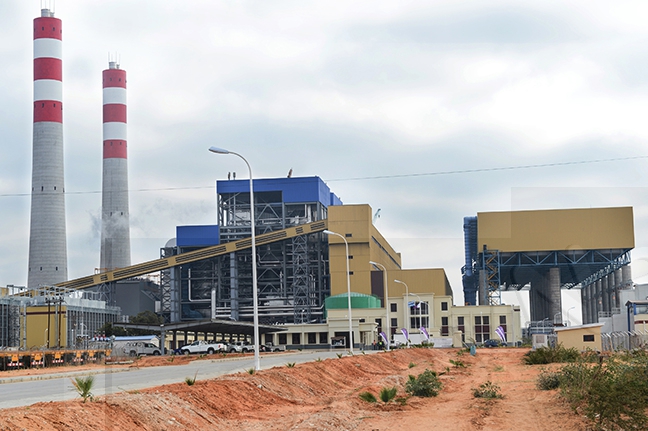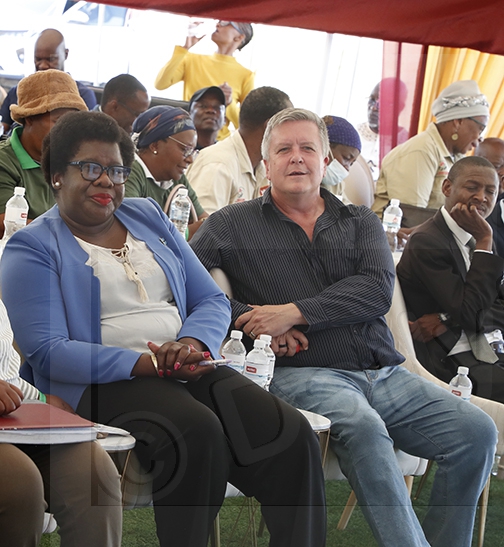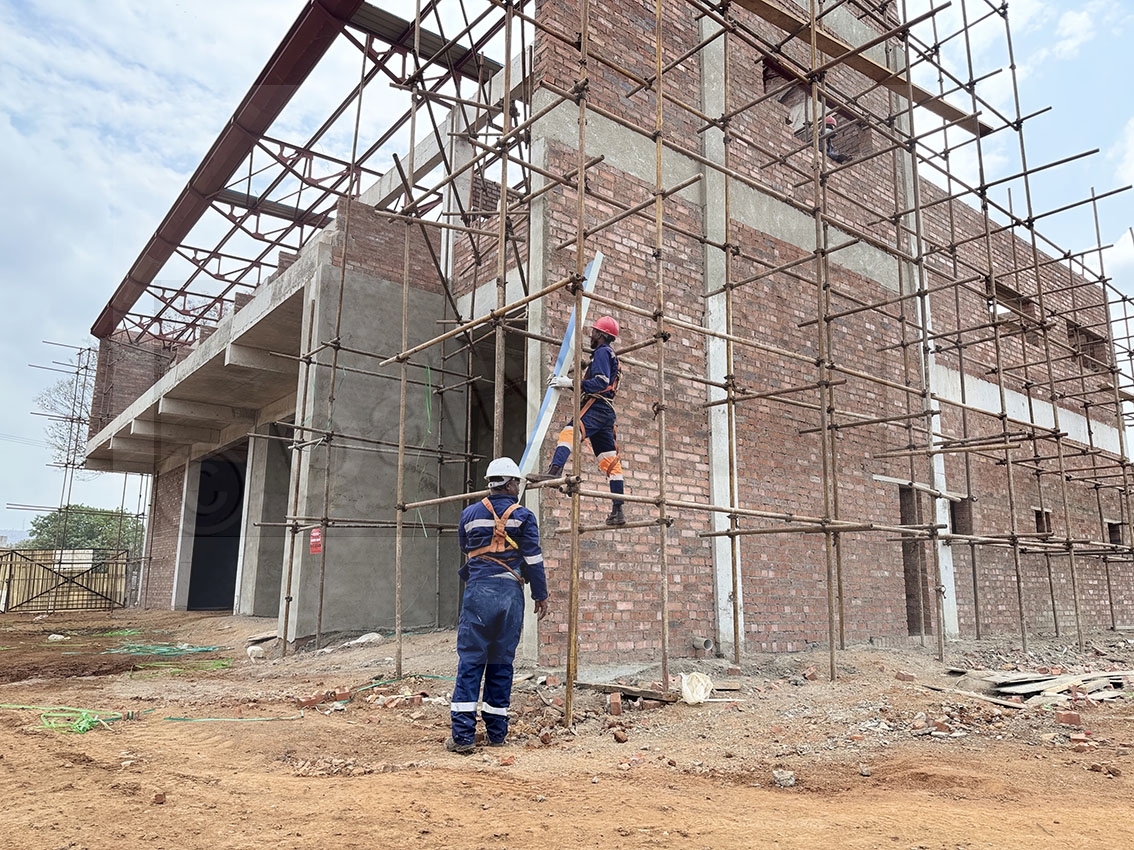BIUST Pyrolysis project underway
02 Apr 2024
Amid growing energy demand and challenges coupled with the ever changing climate, technology may be the future panacea.
The growing high demand for energy and energy sources are always blamed on climate change.
Therefore researchers across the globe are scratching their heads to find greener and sustainable solutions.
Against this backdrop, researchers at Botswana International University Science and Technology (BIUST) have embarked on a pyrolysis project as a way of solving the energy problem.
A researcher at the chemicals materials and metallurgical engineering department, Dr Daniel Botha, and a teaching instructor at BIUST in the same department, Mr Thapelo Shomana, described pyrolysis, which is the heating of carbon- based substances, for instance biomass in the absence of oxygen, as a clean process.
They said pyrolysis was a clean process with no emissions as all the product and by-product were beneficial and useful.
This includes solid products (char), liquid fuel and non-condensable gases (syngas). The two scholars cited that, from biomass pyrolysis, the liquids were oil and pyroligneous acid and those were liquid products used in energy and agricultural applications respectively.
According to them while pyroligneous acid was used as organic pesticides, herbicides and fertilizer, the oil could be used for heating purposes or redefined into diesel equivalent-fuel.
The two experts said the gas was basically a clean burning fuel.
They said in pyrolysis the type of biomass was critical, citing that it should be a high volatile content material.
“The pyrolysis of coal produces a high amount of char in major applications, owing to high fixed carbon and gas contents and they have only been able to produce yields of 80 per cent, 20 per cent and 20 percent char, oil and gas respectively.”
The two scientists however said further research activities were planned to improve these yields by co-pyrolysis, catalysis, plant parameters enhancement and heating process re-design among other options.
They stated that work was in progress as currently yield for chicken litter pyrolysis was 40 per cent liquid, about 20 per cent gas and 40 per cent biochar.
Mr Shomana said through the chicken litter pyrolysis research activities, they managed to build a bigger plant of 2 tons per day, and it was proving to be a commercially viable plant, thanks to Botswana Digital and Innovation Hub funding.
“With chicken litter, other than oil, there was char used as soil enhancer and it was sold to arable farmers to help in the retention of valuable soil nutrients and enable soil to be a suitable habitat for microorganisms,” said Mr Shomana adding that trials in the lab had proved so.
He said with waste tires, they had produced crude oil in the past, but lacked financial muscle to continue it.
“It may sound very easy but it is complex, it depends on the huge amount of data we get or gather from trials,” he said. “We come a long way, we still have a long way to go.” With process improvements mechanisms outlined above, he said their yields could be improved.
Mr Shomana said maximization of yield needed a lot of analysis equipment and lack of such equipment was a major bottleneck.
In pyrolysis- Morula nut shells, he said they got up to 60 percent of oil yield while old tires produced 50 per cent liquid , 30 per cent gas and 20 per cent char and steel.
On co-pyrolysis, Dr Botha said they mix coal with other products like bio mass and various products to optimize the liquid yield.
“We have done cow dung so far and we want to expand to other materials such as chicken wastes, municipal waste, and abattoir waste. There are still a lot of things we still have to explore.”
He also said cow dung has potential. ENDS
Source : BOPA
Author : Mothusi Galekhutle
Location : Palapye
Event : Interview
Date : 02 Apr 2024







